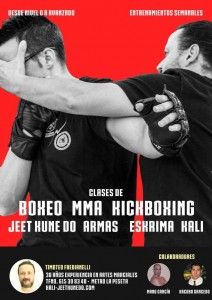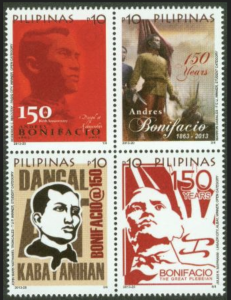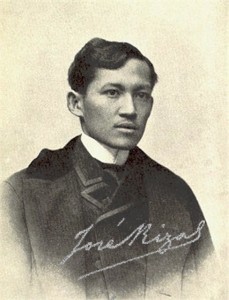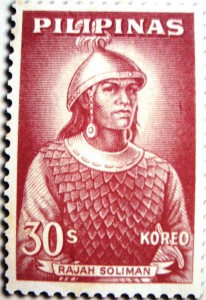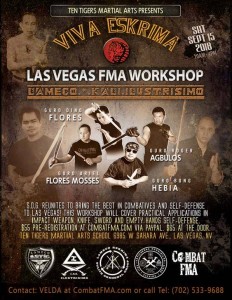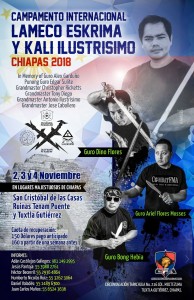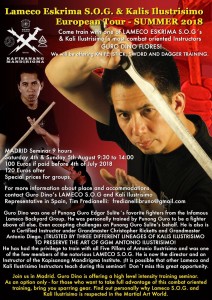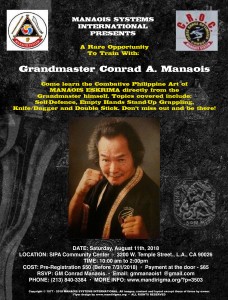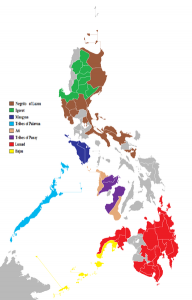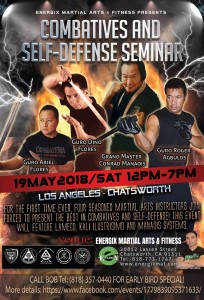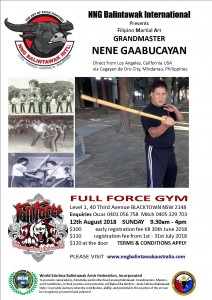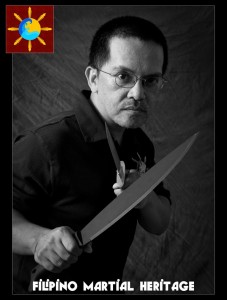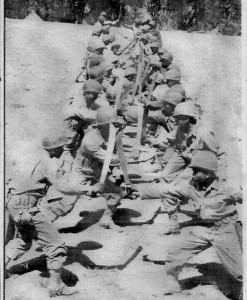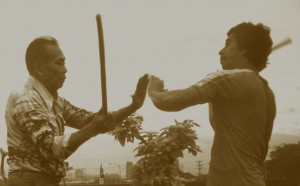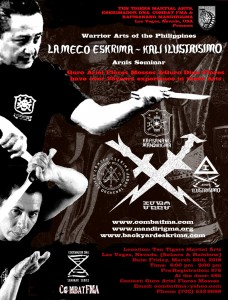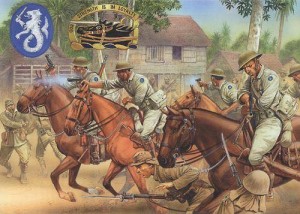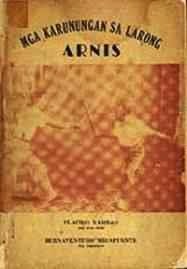
The first written account of “KALI” as the pre-Hispanic name of the Filipino Martial Arts Source: http://fmahistoryredux.blogspot.com/2014/11/the-first-written-account-of-kali-as.html?spref=fb http://fmahistoryredux.blogspot.com/2014/11/philippine-hero-rev-fr-gregorio-aglipay.html “Mga Karunungan sa Larong Arnis” by Placido Yambao and Buenaventura Mirafuente, University of the Philippines Press, 1957… the first book on the Filipino Martial Arts that we know now… its section on the history of the Filipino Martial Arts stated that when the Spaniards arrived in the Philippines, Filipino Martial Arts was not yet called “ARNIS” but “KALI” (“Ang KALI na dinatnan ng mga Kastila ay hindi pa ARNIS ang tawag noong 1610″)… The book also mentioned that a KALI demonstration was once performed in honor of the newly-arrived Conquistador Miguel Lopez de Legazpi on the order of a tribal leader in the Island of Leyte… Philippine Hero Rev. Fr. Gregorio Aglipay, the source of Yambao & Mirafuente’s “KALI”… REV. FR. GREGORIO AGLIPAY, 1860-1940 (center), the first Supreme Bishop of the Philippine Independent Church (Wikipedia photo)…Rev. Fr. Aglipay was the source of the information that the original name of the Filipino Martial Arts is KALI in the book “Mga Karunungan sa Larong Arnis” authored by Placido Yambao and Buenaventura Mirafuente (University of the Philippines Press, 1957):’Ang KALI na Dinatnan ng mga Kastila ay Hindi pa Arnis ang Tawag nuong 1610…. Noong unang panahon ang larong ito’y kilala sa tawag na “KALI” ng ating mga ninuno, nguni’t sa hindi maiwasang pagbabago ng panahon at pangyayari (underscoring mine) ay pinamagatan nila ng “Panandata” sa Tagalog, “Pagkalikali” sa kapatagan ng Kagayan ng mga Ibanag, “Kalirongan” sa Pangasinan, “Kaliradman” sa Bisaya at “Pagaradman” sa Ilongo nuong 1860, at “Didya” sa Ilokos at muling naging “Kabaroan,” ayon kay Rev. Fr. Gregorio Aglipay na bantog din sa arnis nuong 1872.’TRANSLATION: ‘The indigenous martial art that the Spanish encountered in 1610 was not yet called Arnis at that time. During those times, this martial art was known as “KALI” to our ancestors. Due to theunavoidable changing of the times and circumstances (underscoring mine), this martial art became known as “Panandata” to the Tagalogs, “Pagkalikali” to the Ibanags of the plains of Cagayan, “Kalirongan” to the people of Pangasinan, “Kaliradman” to the Visayans, “Pagaradman” to the Ilonggos in 1860, and “Didya” to the Ilocanos (but later on changed to “Kabaroan”). This is according to Rev. Fr. Gregorio Aglipay, who himself was a famous Arnis practitioner in 1872.’ … [Read more...]
